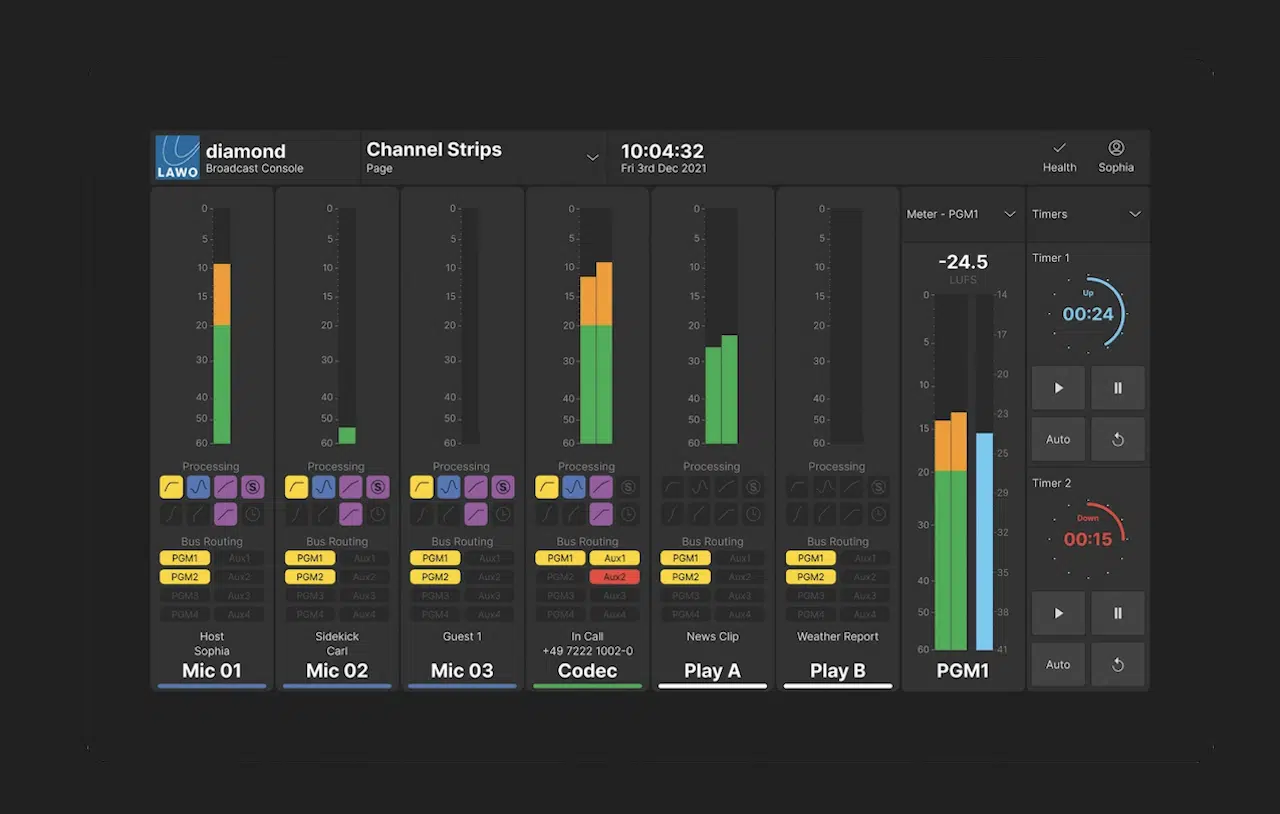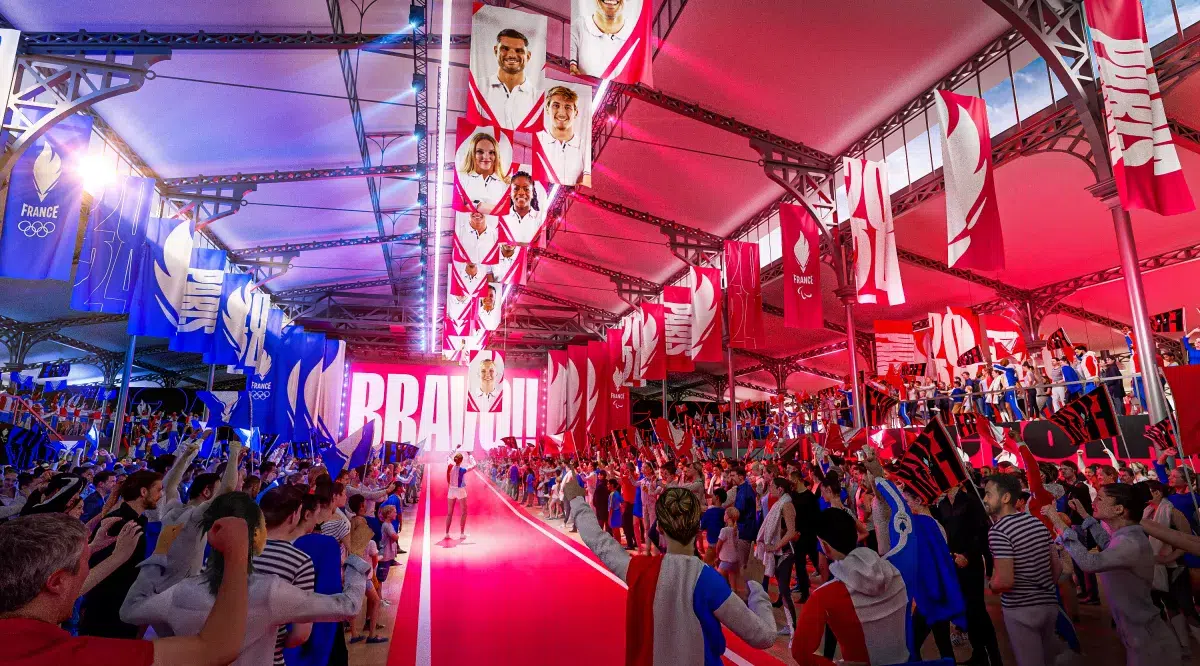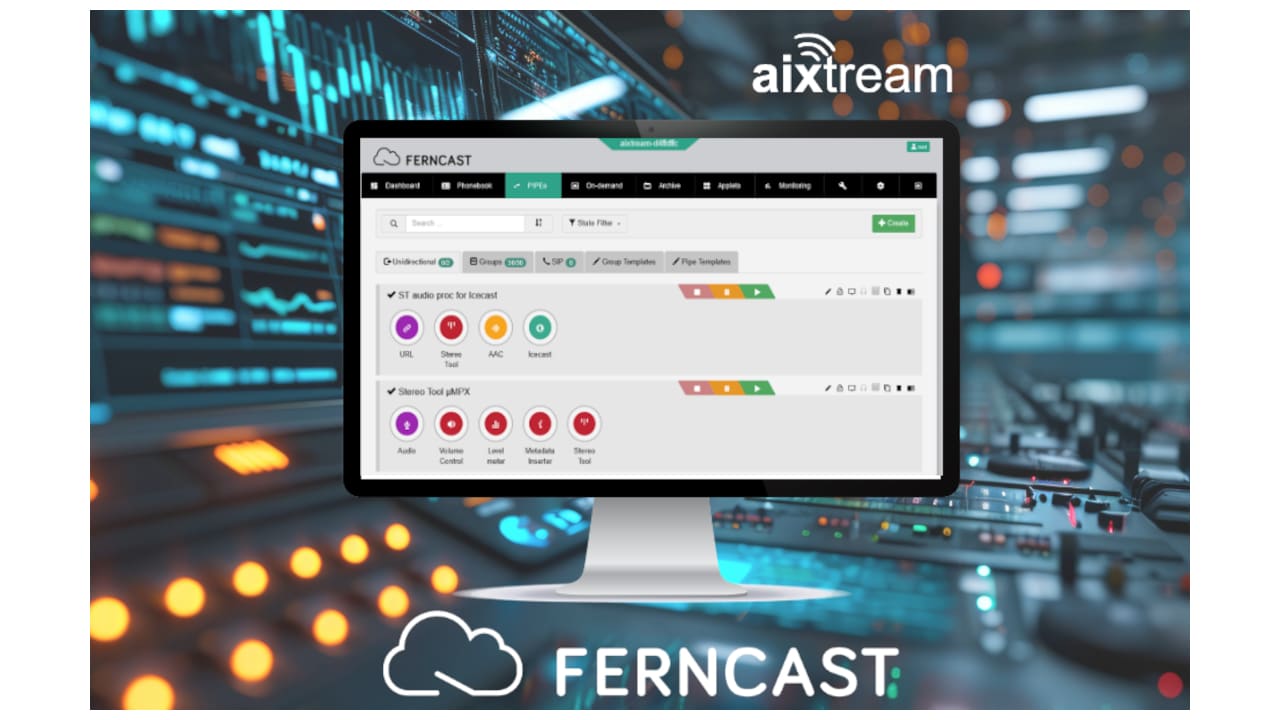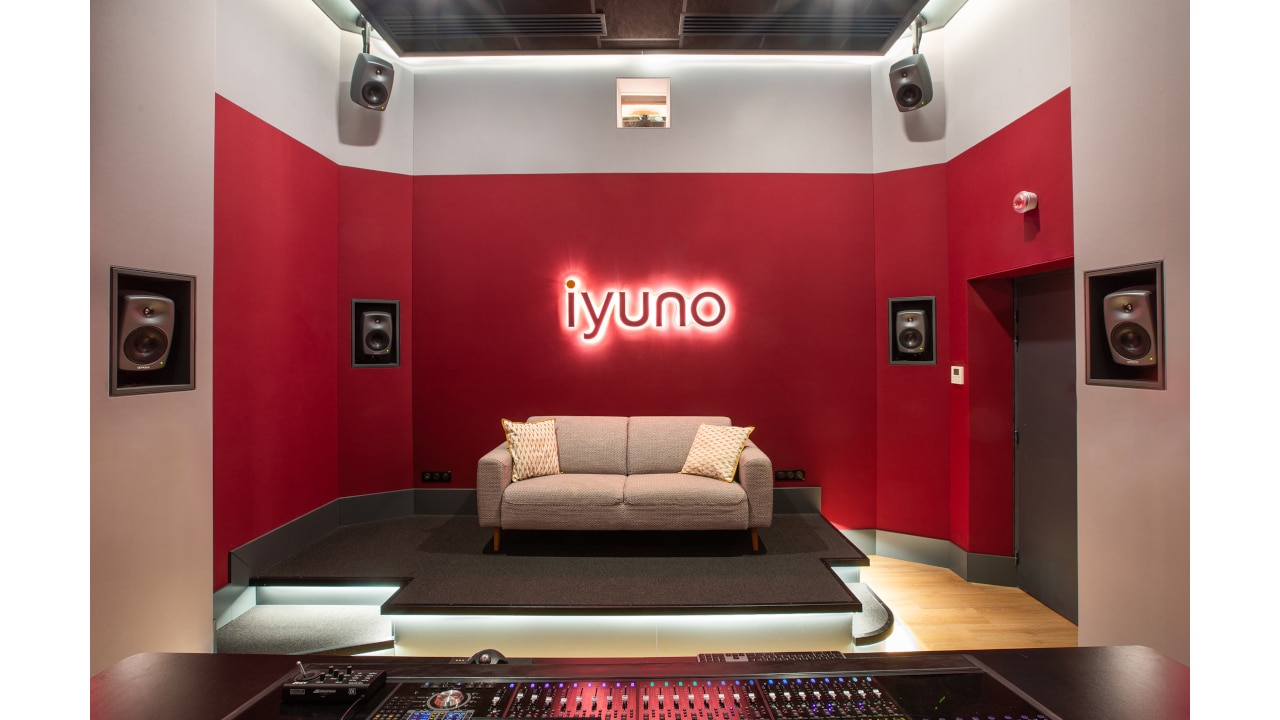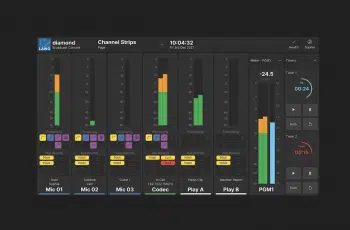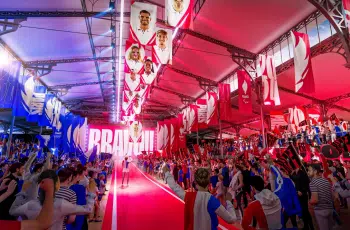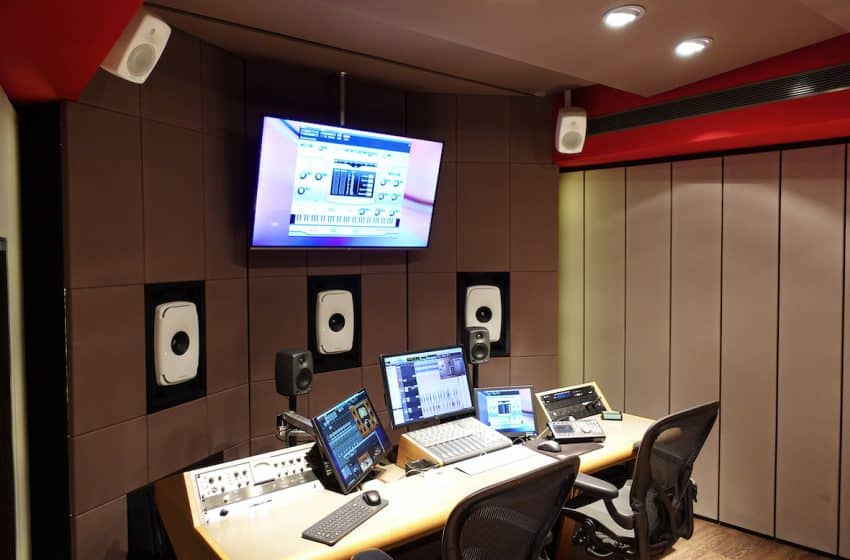
When Tel Aviv-based dubbing and post-production facility Dubidub Studios wanted to embrace immersive audio and create Israel’s first professional Atmos studio, it turned to Genelec.
The main driver behind the move to Atmos was demand from international clients. “Atmos today already completely dominates the theatrical industry,” says Dubidub CEO Ami Offir. “All major companies in the world would probably nowadays produce their content in Dolby Atmos, not in 5.1 or 7.1.”
To meet this need, Dubidub decided to upgrade its main studio, creating a space it named The Dream Room. To ensure the space met Dolby’s specifications, Offir enlisted the help of acoustic consultant David Huja, who runs DHA Acoustic Design. “Originally, it was a 7.1 studio with a flush-mounted monitoring system,” recalls Huja. “Ami needed an Atmos studio, so we decided to upgrade and install a new monitoring system.”
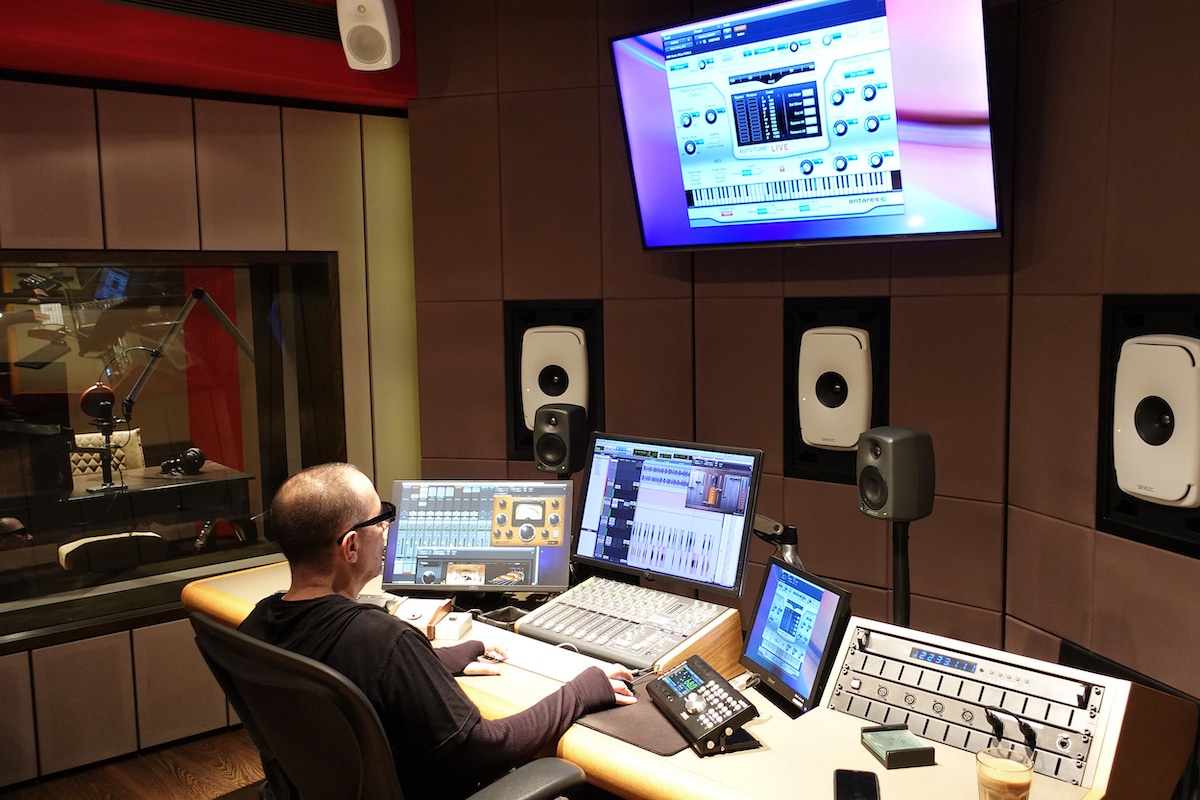
When it came to the monitoring solution, Offir says Genelec was the obvious choice. “After hearing a lot of speakers, I decided that Genelec gives you the confidence that what you hear — if it sounds good — will sound good everywhere because it’s so detailed,” says Offir. “Genelec monitors give you both truth and impressive power, and these are the only speakers I know that can do it.”
Local Genelec partner Kilombo supplied the system, based around ‘The Ones’ family of coaxial monitors. It installed three 8351 models in the LCR positions, with four of the more compact 8331 models acting as the surrounds. For the height channels, Dubidub chose four 8330 two-way monitors, retaining the pre-existing subwoofers to handle LF duties.
“The even listening field is achieved by the coaxial drivers in all Genelec The Ones models. It’s very good — very wide and very balanced,” adds Huja. “The way the sound spreads from these coaxial speakers is very special. And due to the unique way of distributing the three parts of the energy: low, mid and high, you really feel comfortable when moving to the sides, sometimes even back and forth. You feel like there’s something very balanced about what you’re listening to.”
The challenge
One challenge came when the studio wanted to install a flush-mounted solution. “To flush mount all the models, we had to create custom accessories,” explains Huja. “We had to make some changes to the back of the wall to take care of the heat from the amplifiers built into the monitors. The flush mount solution was Genelec’s suggestion, and they sent me all the details and DWG files so I could make sure it would fit into the wall.
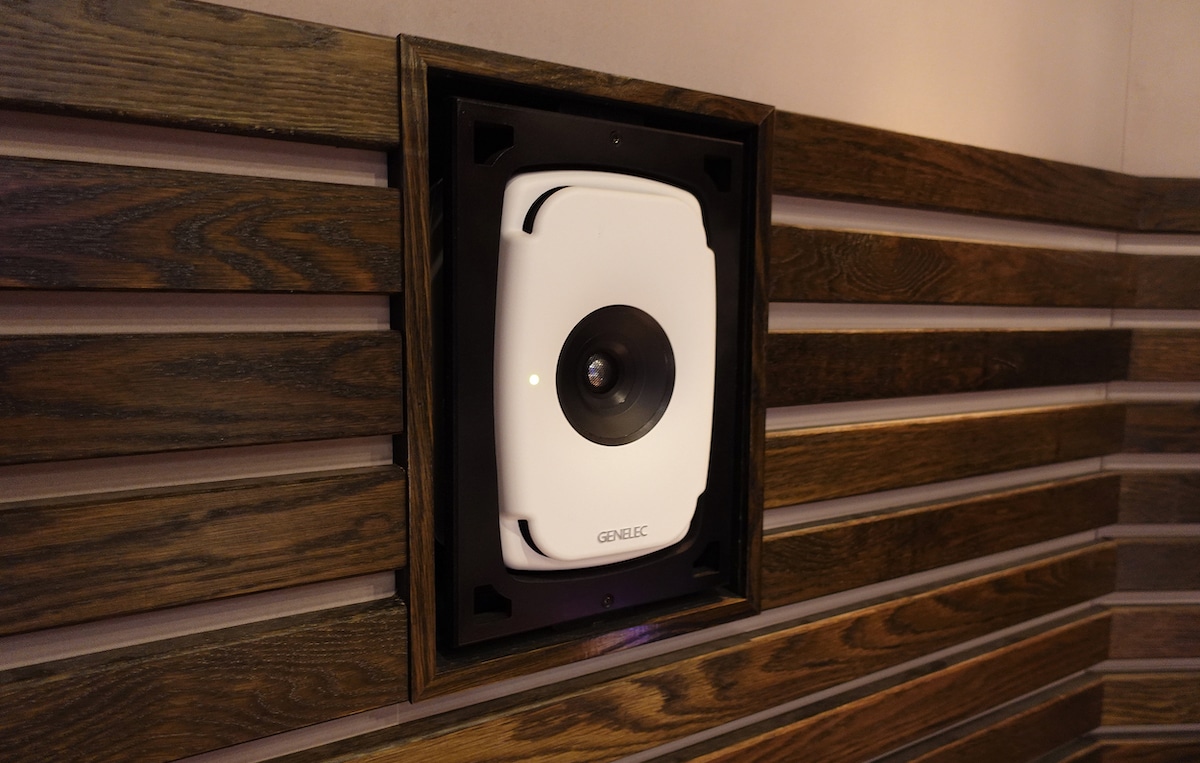
“We ordered Genelec’s standard flush mount kits for the 8351 LCR monitors, but Genelec’s Aki Mäkivirta and I had to plan custom flush mountings for the 8331 surround monitors because such mountings didn’t exist,” adds Huja. “The mountings also had to have front openings, which allow the bass energy to come from the rear reflex port to the front.”
With this level of customisation, GLM calibration software also proved its worth for Dubidub. “The GLM system is a great tool,” says Huja. “It helps you to get the best results from the monitoring system. Otherwise, you might need very expensive and complicated processors to achieve the same DSP functions.”
With the upgrade complete, the reaction to the new immersive space has been very positive. “The Dream Room is built to a very high standard,” says independent consultant, producer and mixer Yoad Nevo. “The way the speakers are embedded and acoustically blended in the room creates a very transparent environment where you don’t feel like you’re looking at speakers and hearing different sound sources. The worst thing you can do, especially in surround, is to turn your head and look at the speakers. That’s what you always want to avoid as a mixer. The Dream Room is very accurate sonically, and it’s just a great space to be in!”
Other studio transformations using Genelec monitors
Tokyo’s Studio Brain upgrades with Genelec
Downtown Dubai opens up with Genelec
Genelec sets tone for new San Francisco facility
Seoul Arts Center adds immersive audio capabilities with Genelec



